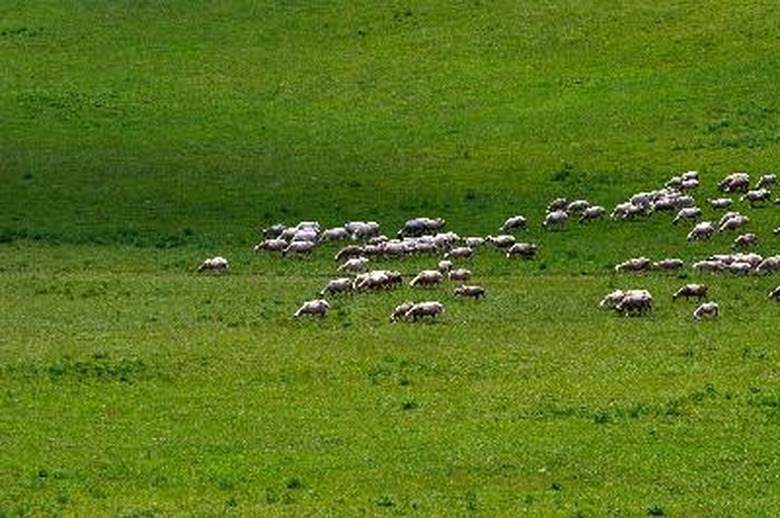What Are The Functions Of The Grassland Ecosystem?
Nearly 40 percent of the earth's land surface is composed of grassland ecosystems. Grasslands throughout the world are essential to the survival of plant, animal, and bird species. Grasslands also play a vital role in sustaining human life.
Types
Types
Different types of grasslands, such as prairies, savannahs, rangelands, agricultural grasslands, and coastal grasslands, serve a variety of purposes.
Features
Features
"Rangelands are complex ecosystems," states the U.S. Geological Survey (USGS). Healthy rangelands "capture, store, and safely release water from rainfall, run-on, and snowmelt," according to the USGS.
Biotic Functions of Grasslands
Biotic Functions of Grasslands
According to the Grasslands Conservation Council of British Columbia, grasslands function as a habitat for biotic components or living organisms "classified as producers, consumers or decomposers." For example, trees and plants produce nutrients through the process of photosynthesis, whereas consumers such as animals eat plants and other animals to get energy.
Function of Rangeland Grasslands
Function of Rangeland Grasslands
Grasslands composed of grasses, such as:
- grasshoppers
- locusts
- Mormon crickets
Grasslands Provide Food
Grasslands Provide Food
"Grasslands have been the seedbeds for the ancestors of major cereal crops, including wheat, rice, rye, barley, sorghum, and millet," states the World Resources Institute (WRI).
Grasslands Are Breeding Areas
Grasslands Are Breeding Areas
Twenty-three Endemic Bird Areas include grasslands, which are important breeding grounds for thousands of bird species. The Andes in Peru, Central Chile, and southern Patagonia "rank highest for biological importance," states the WRI.
References
Cite This Article
MLA
Sperling, Kandra. "What Are The Functions Of The Grassland Ecosystem?" sciencing.com, https://www.sciencing.com/functions-grassland-ecosystem-5681746/. 22 November 2019.
APA
Sperling, Kandra. (2019, November 22). What Are The Functions Of The Grassland Ecosystem?. sciencing.com. Retrieved from https://www.sciencing.com/functions-grassland-ecosystem-5681746/
Chicago
Sperling, Kandra. What Are The Functions Of The Grassland Ecosystem? last modified March 24, 2022. https://www.sciencing.com/functions-grassland-ecosystem-5681746/
